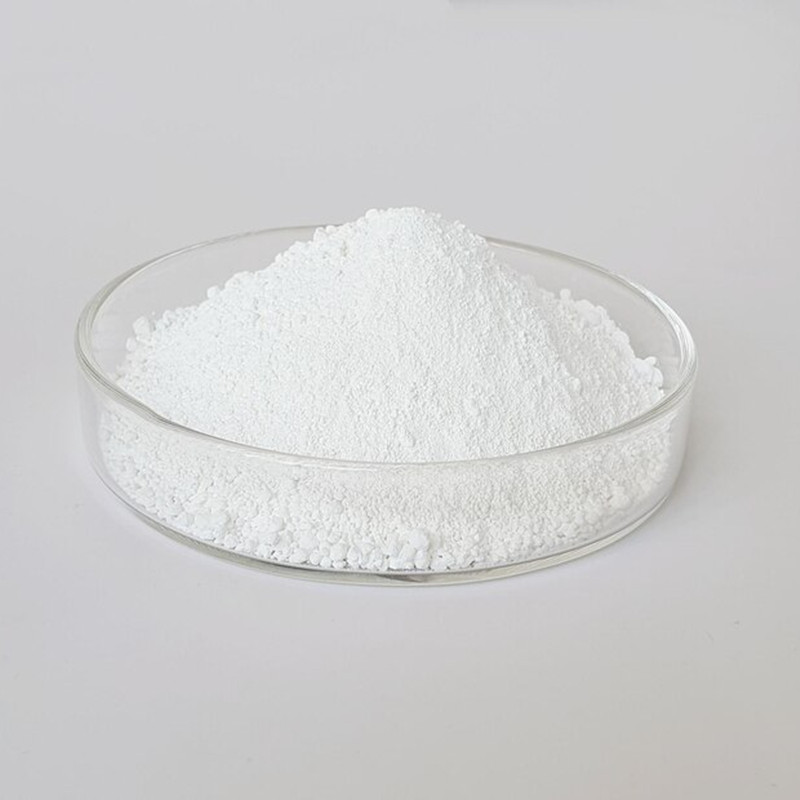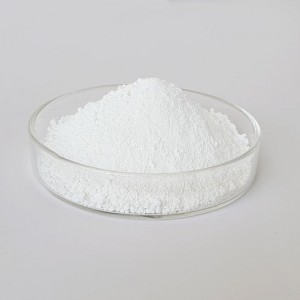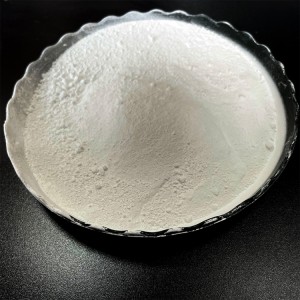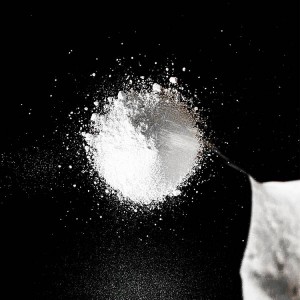Short Description:
Titanium dioxide, as an additive with excellent performance, has been widely used in plastic production. The application of titanium dioxide in plastic products not only utilizes its brightness, hue, achromatic power, hiding power and dispersion, it can also improve the heat resistance, light resistance and weather resistance of plastic products, and protect plastic products from UV light. Invasion, improve the mechanical properties and electrical properties of plastic products.
The particle size of most titanium dioxide for plastics is relatively fine. Usually the particle size of titanium dioxide for coatings is 0.2~0.4μm, while the particle size of titanium dioxide for plastics is 0.15~0.3μm. In this way, a blue background can be obtained, which is suitable for large-scale applications. Most yellowish resins or resins that are prone to yellowing have a masking effect. Titanium dioxide for plastics cannot be used in coatings due to its small particle size and poor durability.
Titanium dioxide for ordinary plastics generally does not undergo inorganic surface treatment, but generally undergoes organic surface treatment (polyol, silane or siloxane). This is because titanium dioxide coated with inorganic substances such as hydrated alumina is used in plastics. When the relative humidity is 60%, its adsorption equilibrium water is about 1%. When the plastic is extruded at high temperature, water evaporation will cause Pores appear on the surface of smooth plastics; and titanium dioxide for plastics is generally mixed in low-polarity resins through shearing force. Titanium dioxide after organic surface treatment can be better under appropriate mechanical shearing force. The land is scattered.
Since plastic products have much thicker coatings than paints and inks, they do not require too high a pigment volume concentration. For example, the average content of titanium dioxide in polyvinyl chloride is 2%, and in polystyrene/acrylonitrile-butadiene The average content in olefin-styrene copolymers is 1%, and the average content in polyolefin plastics is 0.5%.
With the continuous expansion of the application range of plastic products, higher requirements have been put forward for titanium dioxide used in plastics. Many plastic products for external use, such as plastic doors, windows, building materials and other outdoor plastic products, also have high requirements for weather resistance. In addition to the use of rutile titanium dioxide, surface treatment is also required. This surface treatment generally does not add zinc, only Add silicon, aluminum, zirconium, etc. Silicon has a hydrophilic dehumidifying effect, which can prevent pores caused by water evaporation during high-temperature extrusion of plastics, but the amount of these surface treatment agents is generally not too large.
Requirements for titanium dioxide in plastic products
Hiding power: Titanium dioxide with good hiding power makes the plastic products lighter and thinner.
Whiteness: Determines the appearance of light-colored or white plastic products
Dispersion: Affects the production cost of plastic products. Poorly dispersed titanium dioxide in plastic products will affect the smoothness and brightness of the products.
Weather resistance: Plastic products and plastic doors and windows used outdoors must ensure the weather resistance of titanium dioxide.
:









